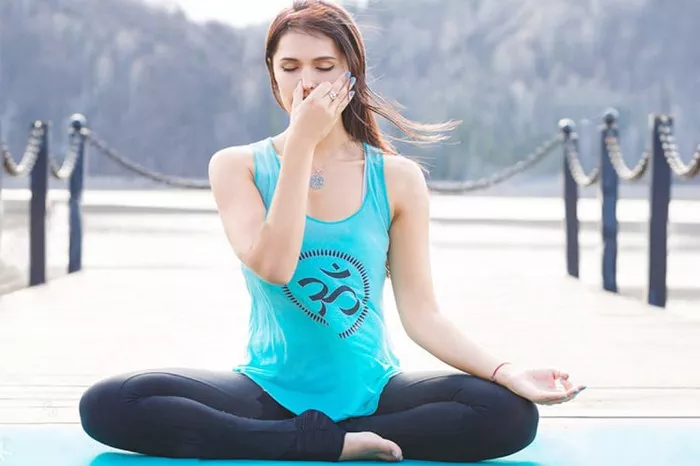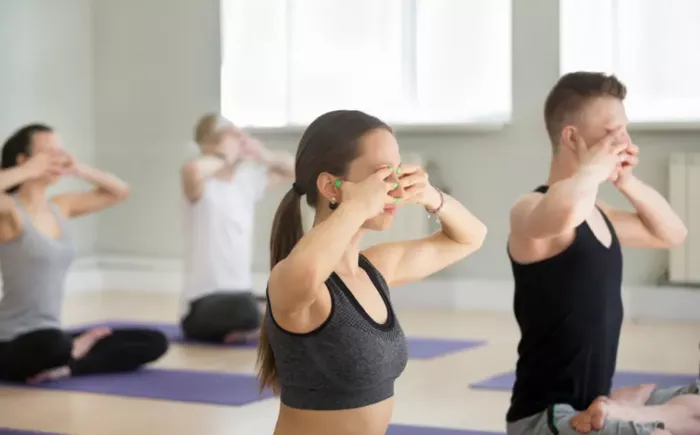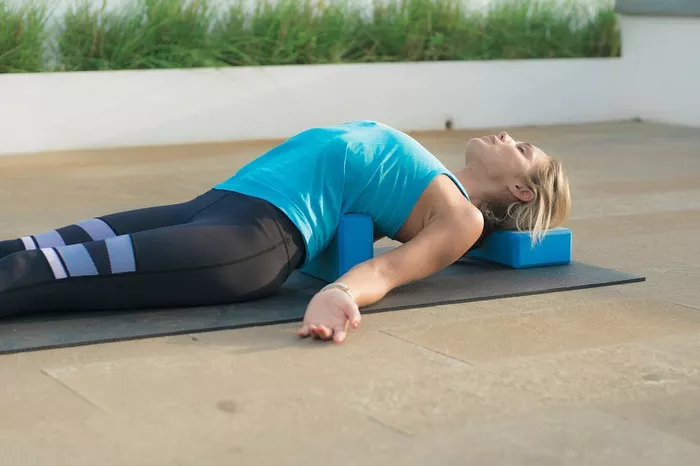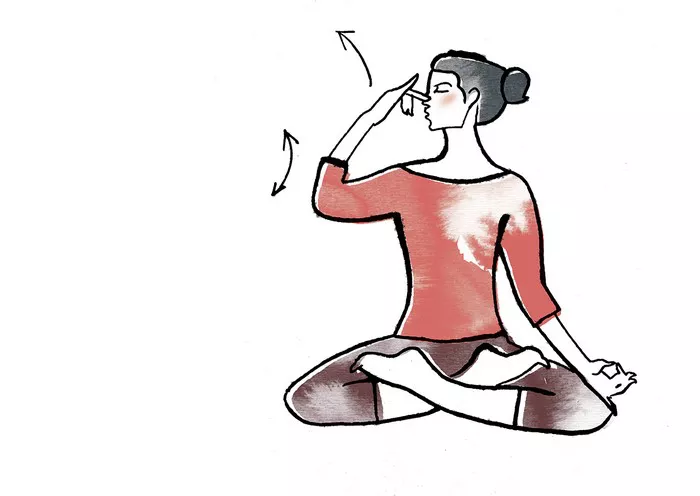Yoga, an ancient practice rooted in mindfulness and physical wellness, offers a multitude of poses designed to harmonize the body and mind. Among these, the Camel Pose stands out as a symbol of strength, flexibility, and spiritual openness. In this article, we delve into the origins, benefits, variations, step-by-step instructions, and precautions associated with the Camel Pose, allowing practitioners to explore its transformative potential fully.
Origins and Symbolism
The Camel Pose, known as “Ustrasana” in Sanskrit, finds its roots in Hatha Yoga, one of the oldest forms of yoga practice. “Ustra” translates to “camel,” indicating the posture’s resemblance to the graceful arch of a camel’s back.
Symbolically, the Camel Pose represents several profound concepts within yogic philosophy. The camel, often depicted as a creature of endurance and resilience, embodies steadfastness and the ability to navigate challenging terrains with grace. Similarly, the posture encourages practitioners to cultivate inner strength and stability, even in the face of adversity.
Moreover, the expansive opening of the chest in the Camel Pose symbolizes a heart-centered approach to life. By stretching the front body, practitioners invite a sense of vulnerability and receptivity, fostering emotional release and compassion towards oneself and others.
Physical and Mental Benefits
The Camel Pose offers a myriad of physical and mental benefits, making it a valuable addition to any yoga practice:
1. Spinal Flexibility: The deep backward bend in Ustrasana stretches the entire length of the spine, promoting flexibility and counteracting the effects of prolonged sitting and poor posture.
2. Strengthening the Back and Shoulders: As the practitioner engages the muscles of the back and shoulders to support the arch of the spine, the Camel Pose helps build strength and stability in these areas, reducing the risk of injury and enhancing posture.
3. Opening the Chest and Heart: By expanding the chest and lifting the heart towards the sky, Ustrasana encourages deep breathing and improves lung capacity. This expansion also stimulates the heart chakra, fostering feelings of love, compassion, and connection.
4. Stimulating Digestion: The compression of the abdomen in Camel Pose massages the internal organs, promoting digestion and detoxification. Regular practice may alleviate digestive issues and improve overall gut health.
5. Energizing the Body: The dynamic nature of Ustrasana stimulates the nervous system and increases blood flow throughout the body, leaving practitioners feeling invigorated and revitalized.
On a mental and emotional level, the Camel Pose offers profound benefits:
1. Cultivating Courage: The act of leaning backward into the unknown challenges practitioners to confront fear and cultivate courage, both on and off the mat.
2. Releasing Emotional Blockages: As tension stored in the chest and shoulders melts away, practitioners may experience a sense of emotional release and catharsis, allowing suppressed emotions to surface and be acknowledged.
3. Promoting Mindfulness and Presence: The deep opening of the heart in Ustrasana invites practitioners to embrace the present moment fully, fostering mindfulness and awareness of inner sensations and emotions.
See Also: Side Angle Pose (Parsvakonasana)
Variations and Modifications
While the traditional Camel Pose offers a powerful stretch and strengthening effect, variations and modifications allow practitioners of all levels to experience its benefits safely and effectively:
1. Supported Camel Pose: Placing a bolster or block between the calves and thighs provides additional support and stability, making the pose more accessible to beginners or those with limited flexibility.
2. One-Legged Camel Pose: Lifting one arm and the opposite leg while in Ustrasana intensifies the stretch along the front body and challenges balance and coordination.
3. Hands-to-Heels Variation: Instead of reaching for the ankles, practitioners can place their hands on the heels or lower back, reducing the depth of the backbend and minimizing strain on the lower back.
4. Wall-Assisted Camel Pose: Practicing against a wall offers support and reassurance, allowing practitioners to focus on alignment and gradually deepen the stretch over time.
5. Chair Camel Pose: Sitting on a chair with the feet firmly planted on the ground, practitioners can lean back, gripping the sides of the chair for support, to experience a gentle opening of the chest and shoulders.
By exploring these variations and modifications, practitioners can tailor the Camel Pose to suit their individual needs and gradually progress towards the full expression of the posture.
Step-by-Step Instructions
Before attempting the Camel Pose, it’s essential to warm up the body with a few rounds of Sun Salutations or gentle stretches to prepare the spine and shoulders for the backbend. Once adequately warmed up, follow these step-by-step instructions to practice Ustrasana safely and mindfully:
1. Begin in a Kneeling Position: Kneel on the yoga mat with your knees hip-width apart, ensuring that the tops of the feet are flat on the ground.
2. Align the Hips and Shoulders: Stack the hips directly above the knees and roll the shoulders back, opening the chest and lengthening the spine.
3. Place the Hands on the Lower Back: Reach behind and place your hands on the lower back, fingertips pointing downward towards the floor.
4. Inhale and Lift the Heart: On an inhalation, engage the core muscles and begin to arch the spine, lifting the heart towards the sky.
5. Slide the Hands Down the Back: As you continue to arch the spine, slide the hands down the back of the thighs towards the heels, maintaining a strong connection between the arms and the torso.
6. Reach for the Ankles or Heels: If comfortable, reach for the ankles with the hands, pressing the hips forward and lifting the chest even higher. Alternatively, place the hands on the heels for a deeper stretch.
7. Gaze Upward or Slightly Backward: Keep the neck long and the gaze soft, either looking upward towards the ceiling or slightly backward without straining the neck.
8. Hold and Breathe: Hold the pose for 3-5 deep breaths, maintaining steady breathing and allowing the heart center to open fully with each exhalation.
9. Release with Control: To exit the pose, gently release the hands from the heels or ankles, lifting the torso back to an upright position. Rest in Child’s Pose or a neutral seated position to counterbalance the backbend.
Precautions and Contraindications
While the Camel Pose offers numerous benefits, it’s essential to approach the posture mindfully and with caution, especially if you have any pre-existing medical conditions or injuries. Consider the following precautions and contraindications before practicing Ustrasana:
1. Neck or Spinal Injuries: Avoid practicing Camel Pose if you have any neck or spinal injuries, as the deep backbend may exacerbate existing conditions or cause further strain.
2. High or Low Blood Pressure: If you have high or low blood pressure, approach the pose with caution, avoiding excessive compression of the neck and ensuring a smooth transition into and out of the posture.
3. Knee or Hip Issues: If you experience discomfort in the knees or hips, place a folded blanket or cushion under the knees for additional support, or opt for a gentler variation of the pose.
4. Pregnancy: Pregnant individuals should avoid deep backbends like Camel Pose, as they may put undue pressure on the abdomen and compromise the safety of both the mother and the baby. Instead, pregnant practitioners can opt for more gentle heart-opening poses, such as Supported Bridge Pose or Cat-Cow Stretch, to maintain flexibility and ease tension in the chest and shoulders.
5. Recent Abdominal Surgery: If you have undergone recent abdominal surgery, including procedures such as hernia repair or cesarean section, refrain from practicing Camel Pose until you have fully healed and received clearance from your healthcare provider.
6. Wrist or Shoulder Injuries: Individuals with wrist or shoulder injuries should be cautious when placing weight on the hands in Camel Pose. Consider using props such as blocks or practicing the pose against a wall to alleviate strain on these vulnerable areas.
7. Breathing Difficulties: If you experience any difficulty breathing or feel lightheaded while in the pose, gently come out of it immediately and return to a comfortable seated or lying position. Avoid forcing the breath and prioritize ease and relaxation.
8. Listen to Your Body: Above all, listen to your body and honor its limitations. If you feel any sharp or shooting pain, discomfort, or dizziness while practicing Camel Pose, back off immediately and seek guidance from a qualified yoga instructor or healthcare professional.
By practicing mindfulness and respecting your body’s signals, you can safely explore the transformative potential of the Camel Pose while minimizing the risk of injury or strain.
Conclusion
In conclusion, the Camel Pose offers practitioners a profound journey inward, inviting them to cultivate strength, flexibility, and openness on physical, mental, and emotional levels. By understanding its origins, embracing its symbolism, and approaching it with mindfulness and respect, individuals can harness the transformative power of Ustrasana to enhance their overall well-being and deepen their yoga practice. Through regular exploration of variations, mindful alignment, and attentive breathwork, practitioners can unlock the full potential of the Camel Pose and experience its myriad benefits for body, mind, and spirit.






















